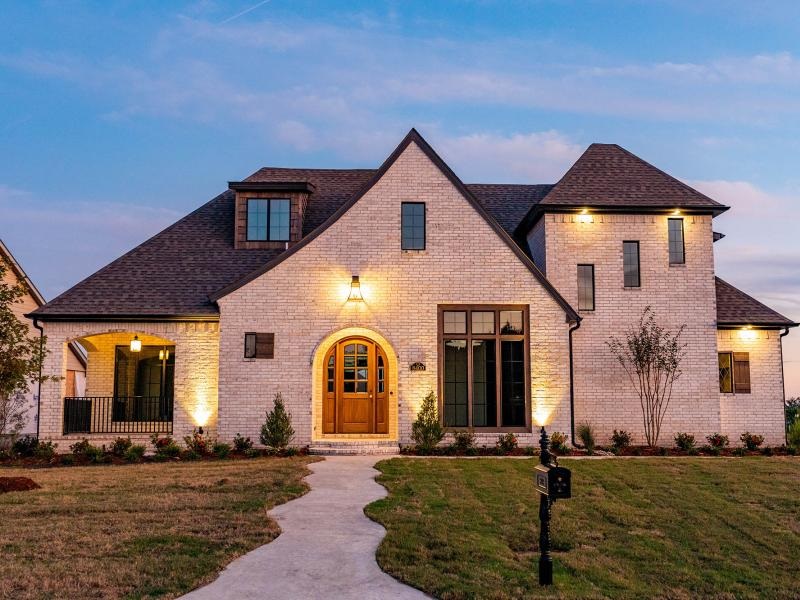Color plays a significant role in influencing our emotions, behaviors, and perceptions. When it comes to interior design, understanding color psychology can help create spaces that evoke desired feelings and moods. By strategically incorporating colors into room designs, you can create harmonious environments that promote well-being and productivity.

The Psychology of Colors
Each color has its own psychological associations and impacts on individuals. Here are some common colors and their psychological effects:
- Red: Associated with energy, passion, and excitement. It can stimulate appetite and create a sense of urgency.
- Blue: Represents calmness, serenity, and trust. It is often used in bedrooms and offices to promote relaxation and productivity.
- Yellow: Symbolizes happiness, positivity, and creativity. It can help uplift spirits and enhance focus.
- Green: Linked to nature, growth, and harmony. Green promotes a sense of balance and tranquility.
- Purple: Signifies luxury, creativity, and spirituality. It can add a touch of elegance and sophistication to a room.
- Orange: Represents energy, warmth, and enthusiasm. It can create a lively and inviting atmosphere.
Applying Color Psychology in Room Designs
When designing a room, consider the following tips for using color psychology effectively:
- Identify the Purpose: Determine the function of the room and the mood you want to create. For example, calming colors like blue and green are ideal for bedrooms, while energizing shades like red and orange work well in living spaces.
- Balance and Contrast: Use a combination of colors to create visual interest and balance. Pairing complementary colors can enhance the overall aesthetic appeal of the room.
- Consider Light: Natural light can affect how colors appear in a room. Be mindful of the room’s lighting conditions when selecting paint colors and decor.
- Personal Preferences: Take into account individual preferences and associations with specific colors. Personalize the space to reflect the occupant’s personality and style.
- Experiment and Adapt: Don’t be afraid to experiment with different color schemes and see how they influence the room’s atmosphere. Be open to making adjustments based on feedback and personal experiences.
By harnessing the power of color psychology in room designs, you can create spaces that not only look visually appealing but also contribute to the well-being and comfort of those who inhabit them. Whether you aim to create a cozy retreat or a vibrant workspace, incorporating the right colors can make a significant difference in how a room is perceived and experienced.

